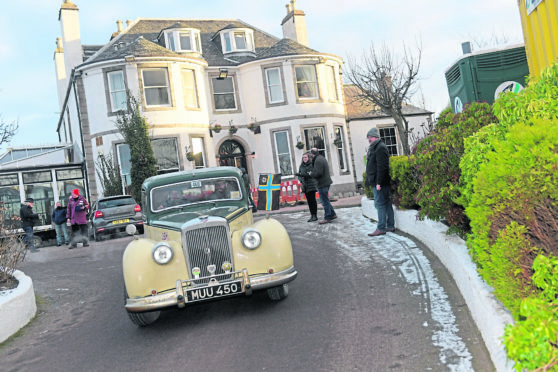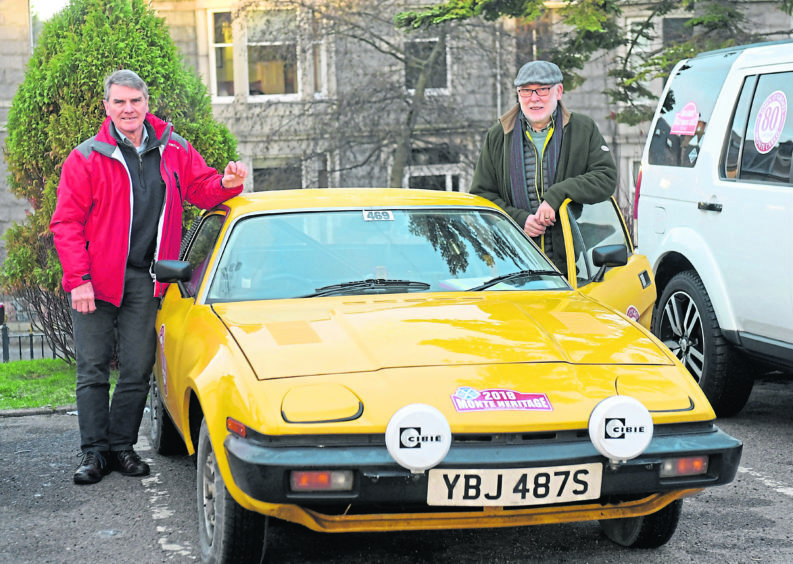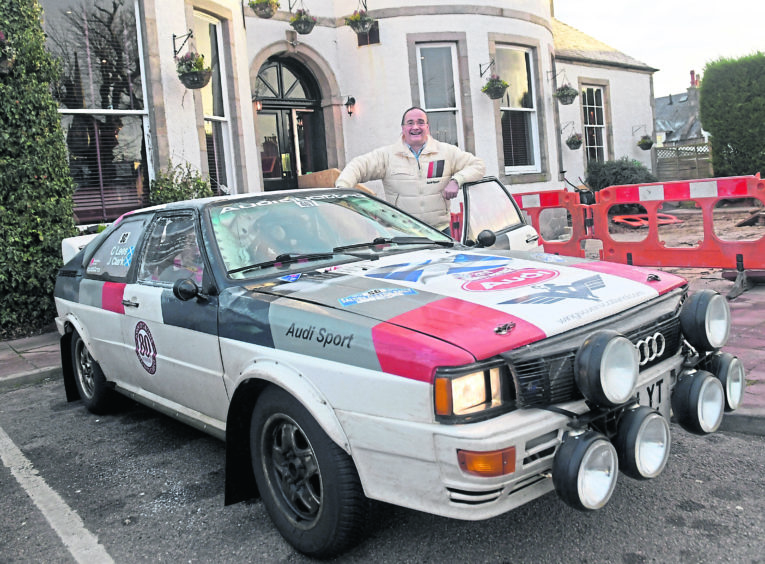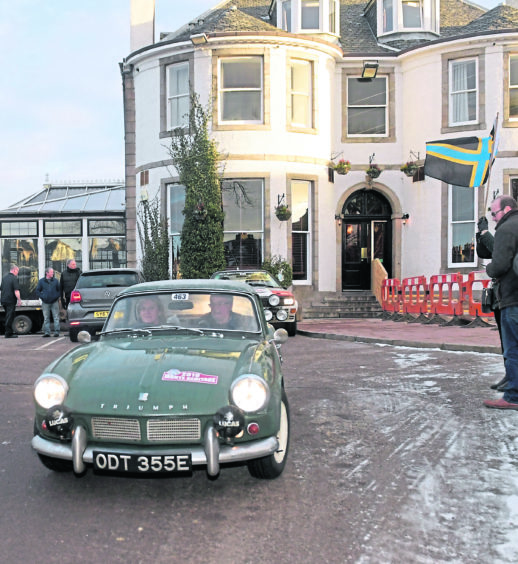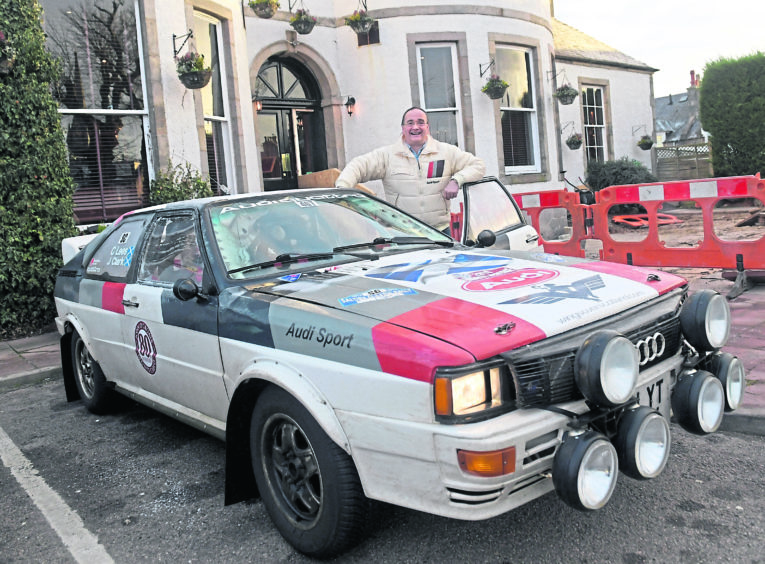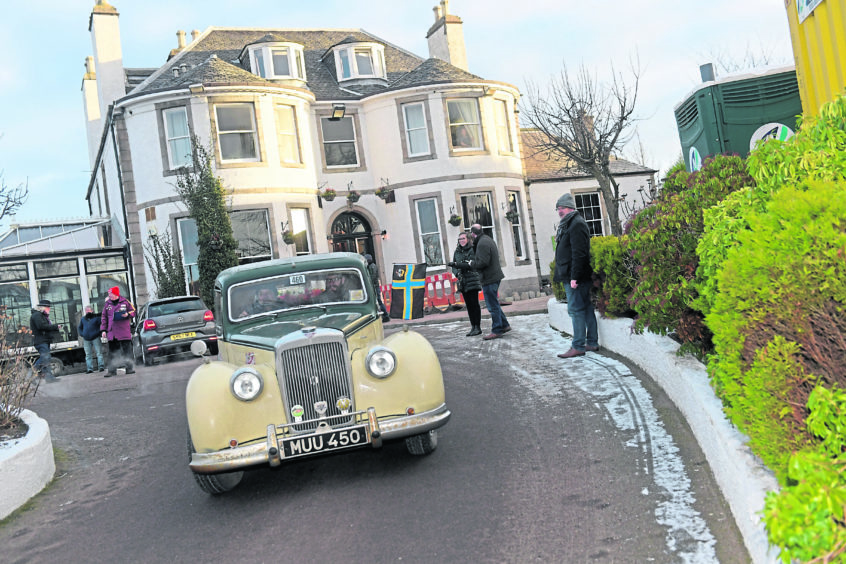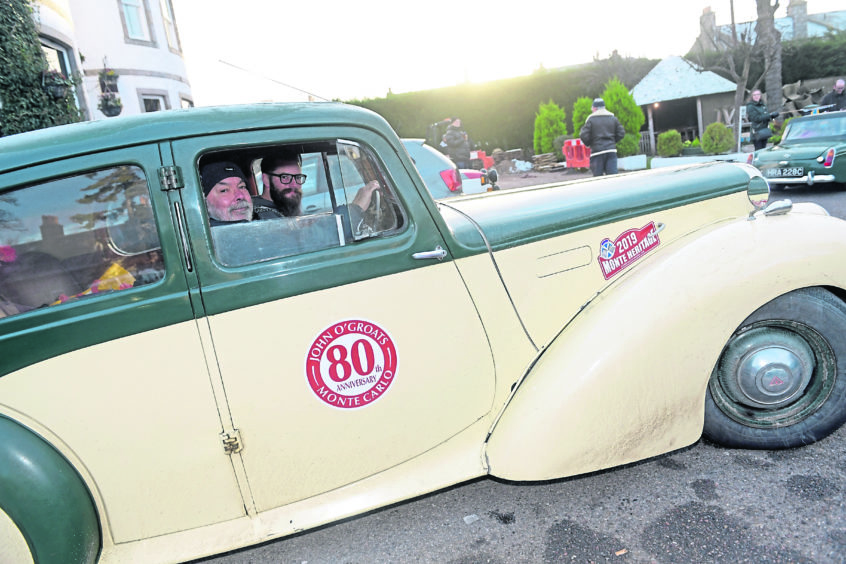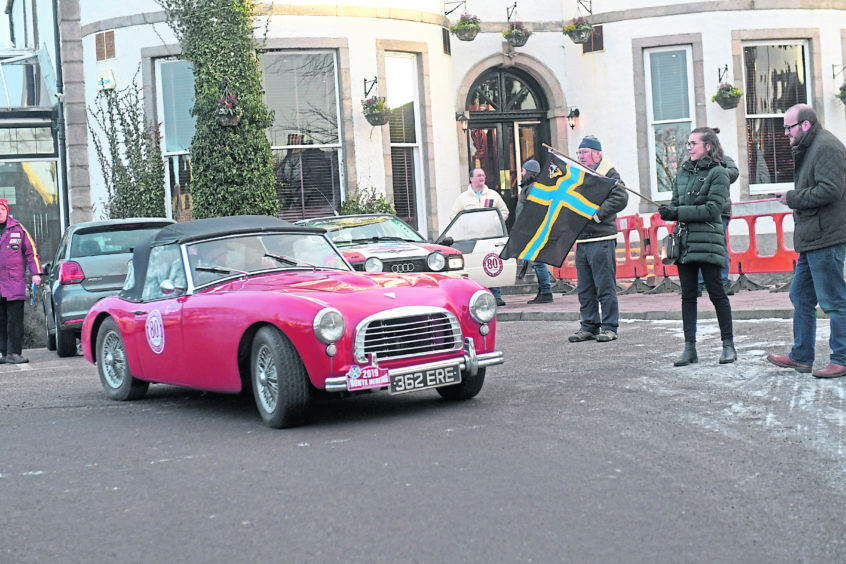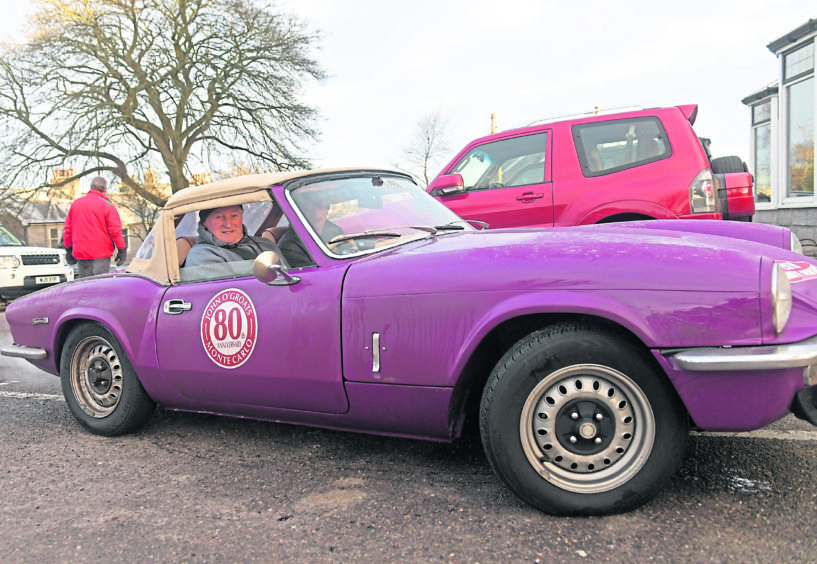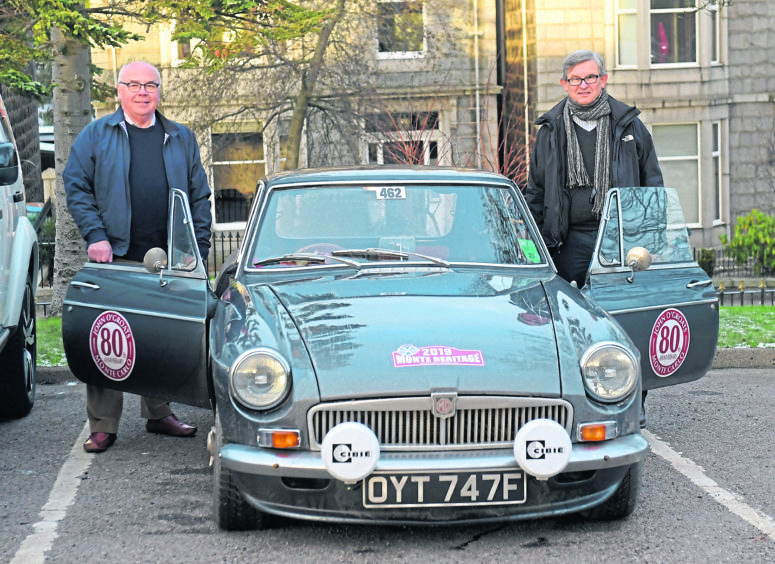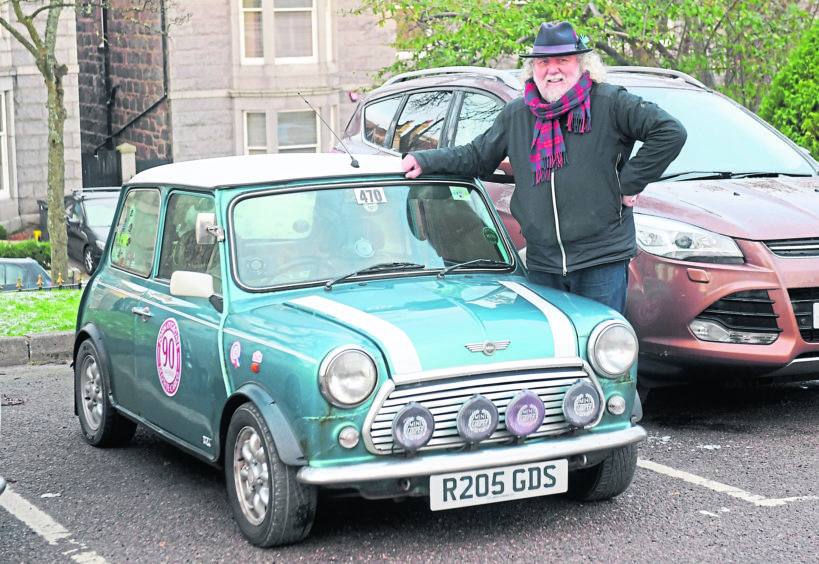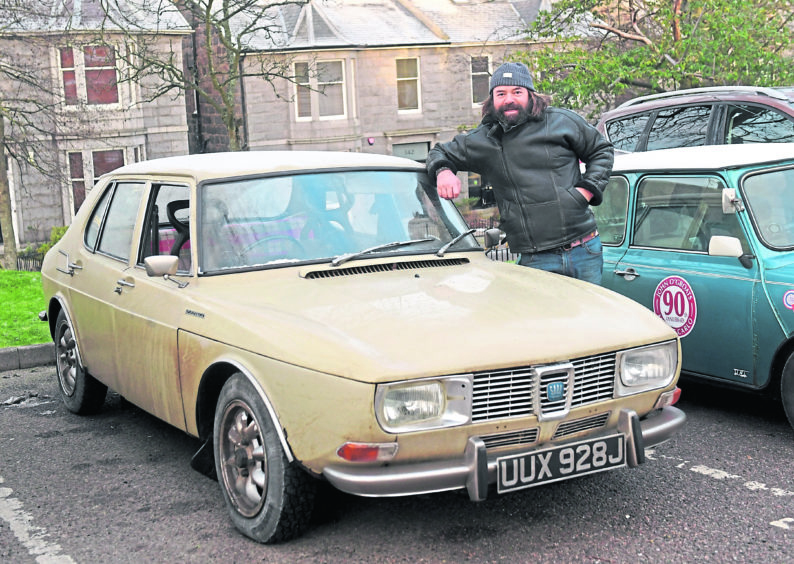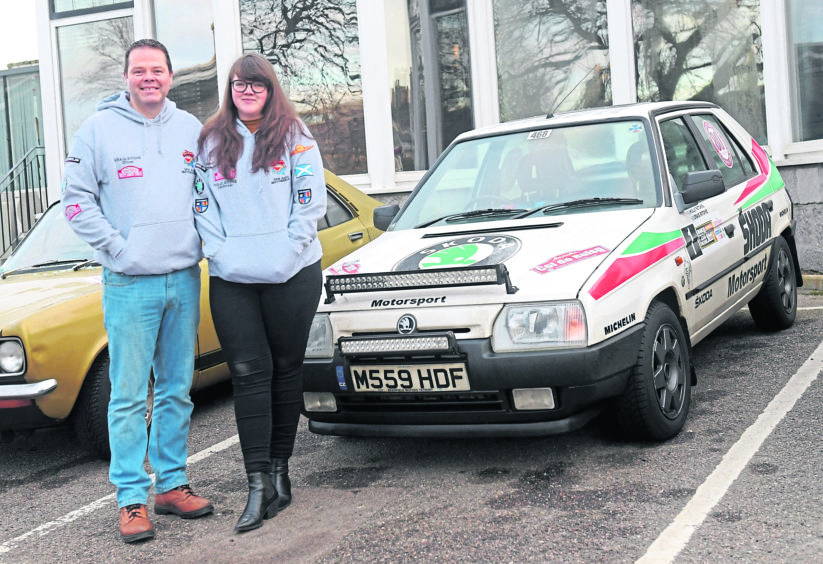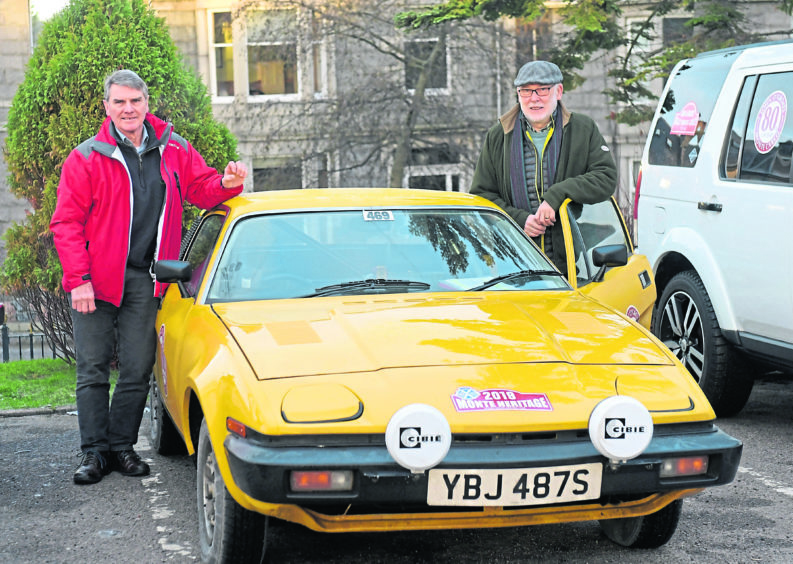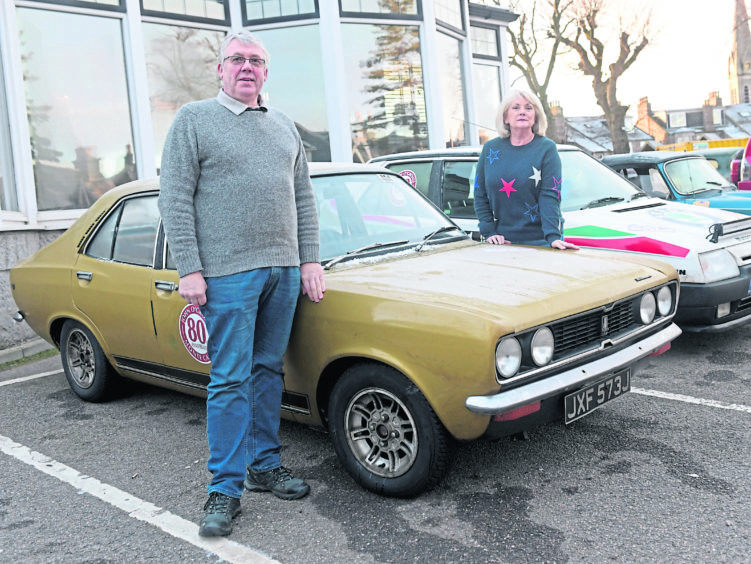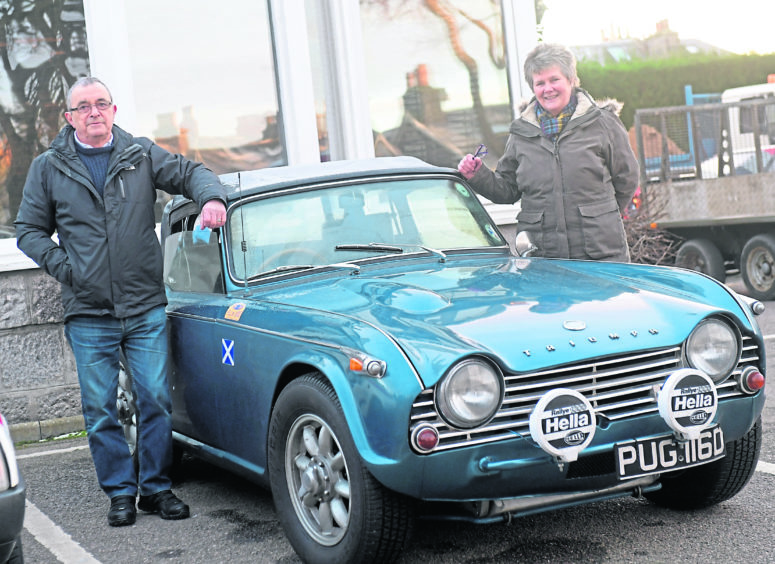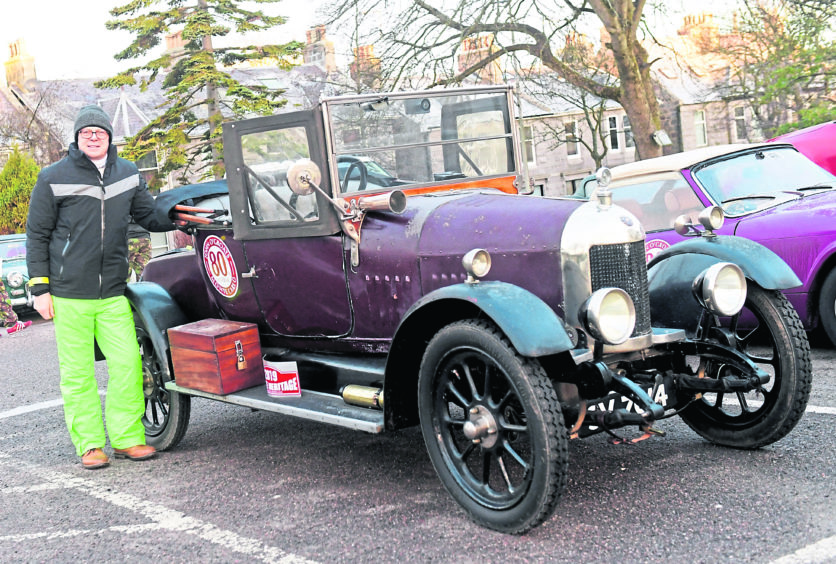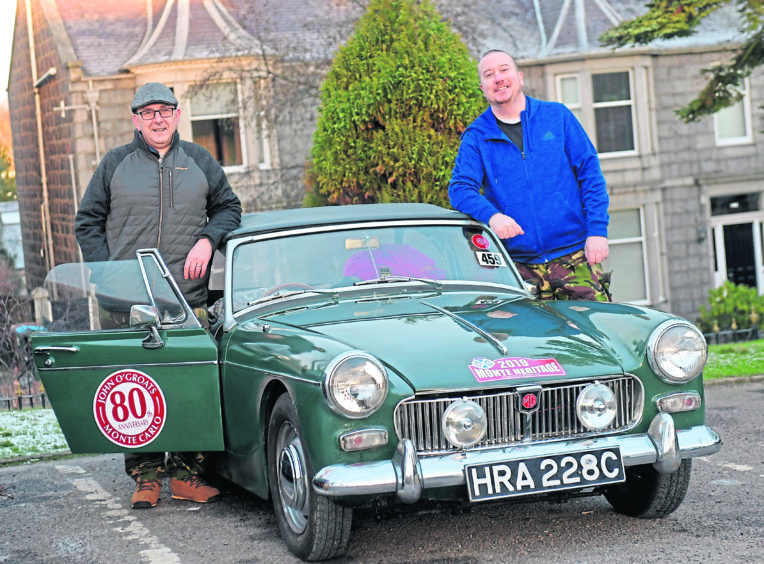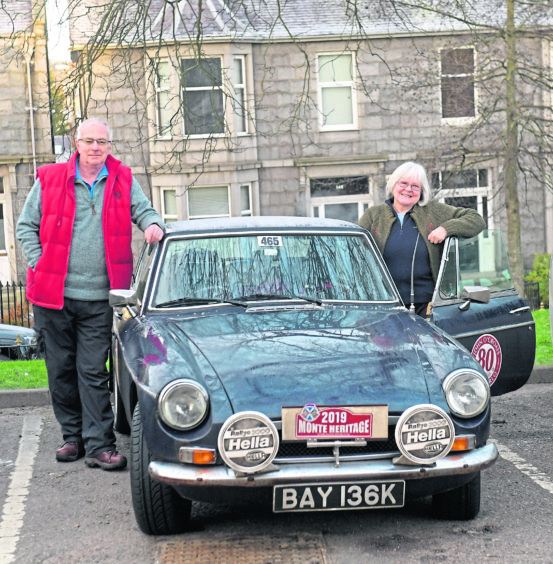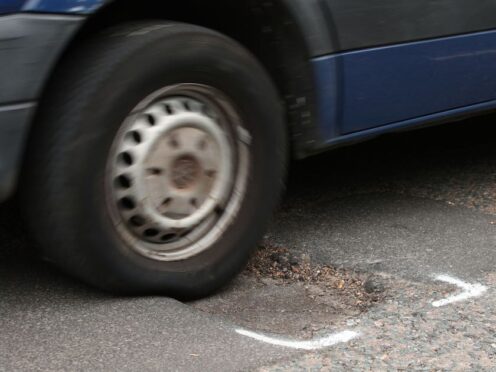The Monte Carlo Rally is one of the most famous road-rallies in the world.
This is due in part to its pioneering impact on the world of motoring back in 1911 when it was inaugurated, and also because it’s one of the only truly tough tests for drivers who want to be put through their paces.
In its modern form the competition combines acutely demanding Alpine stages with eye-wateringly quick 21st Century cars, complete with million-dollar media coverage.
For some, the romance of the old days has been left behind in a cloud of dust along the way, but there is still an element of nostalgia left if you know where to look.
The Monte Carlo Heritage Runs recreate the simpler days for crews, cars and spectators of the event as it was run until the 1980s.
Each of the runs begin from an original start location, which this year included John o’ Groats and Aberdeen.
So, with cars ranging from 1922 to 1997, a contingent of drivers bound for Clydebank left Aberdeen bright and early last Wednesday to play their part in tradition.
From Clydebank, drivers may choose to continue their journey, as the town in West Dunbartonshire is the only British start point for the real 1,500-mile trip to the south of France.
Duncan Harris and son Colin were already facing close to 600 miles by the time they reached Glasgow.
“We started from my dad’s house in Insch,” Colin said, “before making the trip up to John o’ Groats to officially begin our heritage run there.
“The scenery was just spectacular on the way, though it was a bit scary at times with lots of ice on the roads and snow piled up all the way through the Lecht.”
It’s hardly surprising Colin was a little nervous as although it was his father driving, the pair were in the front seats of an Alvis TA 21 from 1952.
The four-door saloon has little in the way of modern comforts, and was being steered through twisty roads in tough conditions.
“There’s no heating, of course,” Duncan said.
“In fact, the slight gaps where the doors meet mean that there is a constant breeze whistling through the car.
“And you can just forget it in the rain,” he laughed.
“I keep black bin bags in the boot to put over our legs to stop the drips from the roof soaking us through,” he said.
As the 9am start time approached, the 14 drivers and their navigators gathered together for a briefing.
They were warned about the potentially snowy conditions ahead, though somewhat reassured that it was a “tropical” 3C in Clydebank.
With a cheer, the group split off to their separate vehicles, ready to get driving.
Despite the challenges ahead, the day was clear and it didn’t appear that Duncan would need his bin bags after all.
On the contrary, with the winter sun low in the sky, he set off with sunglasses perched on his nose instead.
